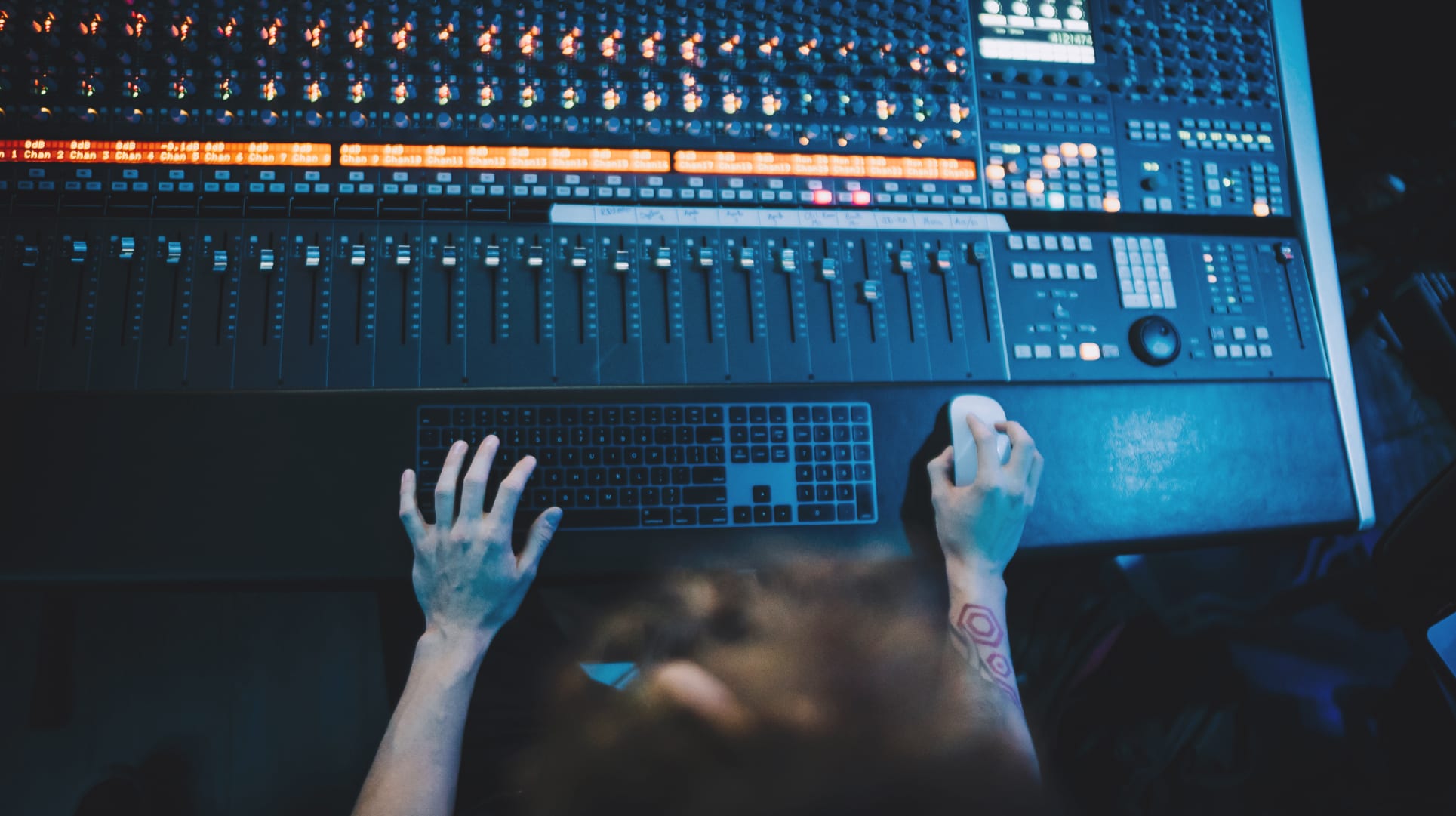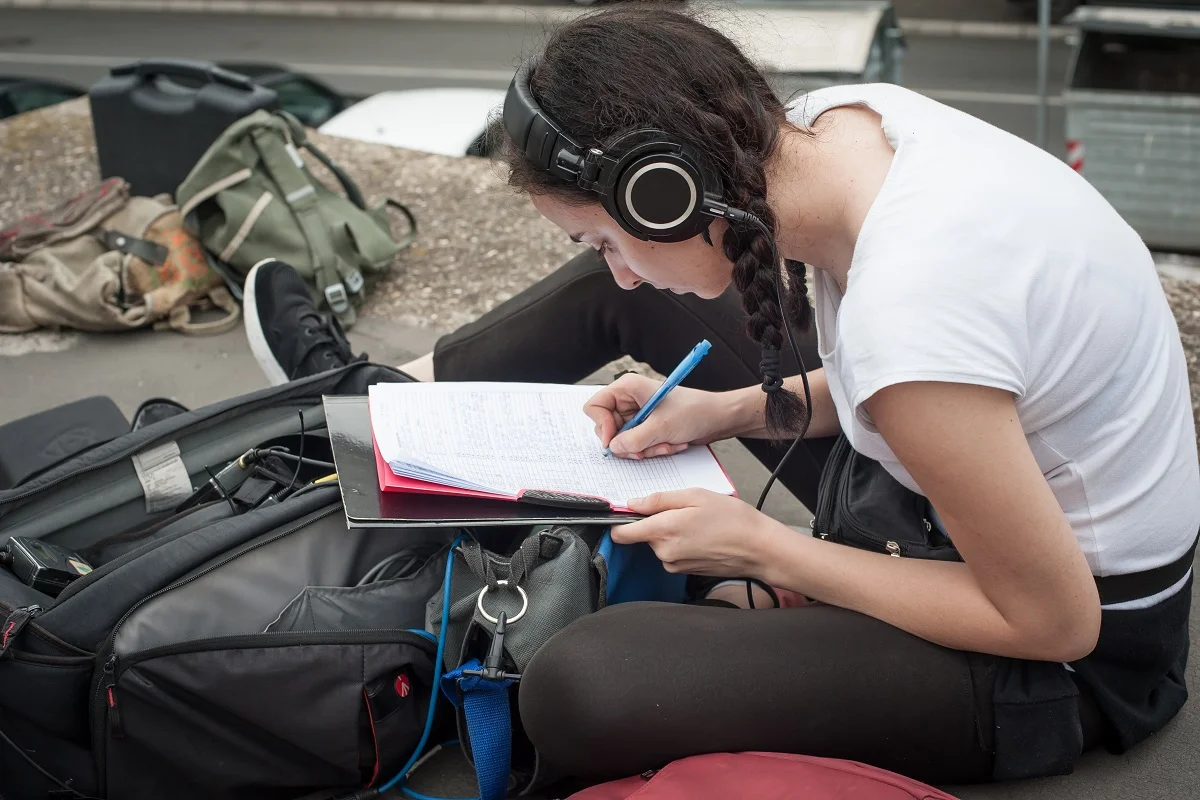Animation is a captivating art form that allows creators to bring characters and stories to life through moving images. It is a medium that thrives on creative expression, offering endless possibilities for artists to showcase their talents and imagination.
In the world of animation, the ability to express oneself creatively is not only valued but essential for success.
1. Character Designer
Character designers are responsible for creating the visual look of animated characters. They develop the appearance, personality, and overall feel of the characters, bringing them to life on screen.
This role requires a keen eye for detail, a strong sense of creativity, and the ability to convey emotions and characteristics through visual design.
2. Storyboard Artist
Storyboard artists play a crucial role in the animation process by creating a visual blueprint of the story. They translate the script into a series of drawings that outline the key scenes and action sequences, helping to guide the animators and directors in bringing the story to life.
Storyboard artists must have a strong sense of storytelling, composition, and visual narrative to effectively communicate the director’s vision.
3. Animator
Animators are the heart and soul of the animation industry, bringing characters and scenes to life through movement and expression. They create the illusion of motion by producing a series of frames or drawings that, when played in sequence, create fluid and dynamic movement.
This role requires a deep understanding of principles such as timing, weight, and anatomy to ensure that characters move realistically and expressively.
4. Background Artist
Background artists create the environments and settings where the animated action takes place. They design and paint the backgrounds that provide context and depth to the characters’ world. This role requires a strong understanding of perspective, color theory, and environmental design to create immersive and visually appealing settings.
5. Layout Artist
Layout artists work closely with storyboard artists and animators to design the composition of each scene. They establish the positioning of characters and backgrounds within the frames, ensuring that the visual flow and spatial relationships are coherent. This role demands a good eye for spatial organization, visual storytelling, and technical precision.
6. Colorist
Colorists are responsible for adding color to the animation, ensuring that each frame is vibrant and consistent with the overall visual style. They work with the color palettes provided by the design team and apply colors to characters and backgrounds, enhancing the mood and atmosphere of the animation. This role requires a strong understanding of color theory and attention to detail.
7. Visual Effects Artist
Visual effects artists create special effects such as explosions, magic spells, or environmental effects like rain and smoke. They integrate these effects seamlessly into the animation to enhance the overall visual impact. This role involves a combination of artistic creativity and technical skills to achieve convincing and dynamic results.
8. Sound Designer
Sound designers create and manage the audio elements of an animation, including sound effects, voiceovers, and ambient sounds. They ensure that the sound complements the visuals and enhances the storytelling. This role requires expertise in audio editing, sound mixing, and a keen sense of how sound interacts with visual elements to create an engaging experience.
9. Composer
Composers create original music scores that accompany the animation. They craft musical pieces that set the tone, enhance the emotional impact, and support the narrative of the animation. This role involves a deep understanding of musical composition, orchestration, and how music can drive the story forward.
10. Creative Director
Creative directors oversee the creative vision and direction of animated projects, ensuring that artistic integrity and storytelling are maintained throughout the production process…
Conclusion
In the competitive world of animation, creative expression is a valuable asset that can set you apart and help you succeed in the industry. Stay inspired, stay creative, and keep pushing the boundaries of what is possible in the world of animation…
Key Takeaways:
- Creative expression is essential in the field of animation, allowing artists to bring characters and stories to life through imaginative visuals.
- Various roles in animation such as character designer, storyboard artist, animator, and art director require a strong sense of creativity and the ability to convey emotions through visual design.
- Developing skills in areas like visual development, motion graphics, 3D modeling, and visual effects can enhance your ability to create captivating animations.
- Embrace your unique artistic voice, hone your skills, and stay true to your creative vision to stand out in the competitive animation industry.
Considering furthering your animation skills and knowledge? Explore the NYU Animation Industry Essentials online course and certificate program offered by Yellowbrick to gain valuable insights and practical experience in the dynamic world of animation. Unlock your potential and take your creative expression to new heights with this comprehensive program.








